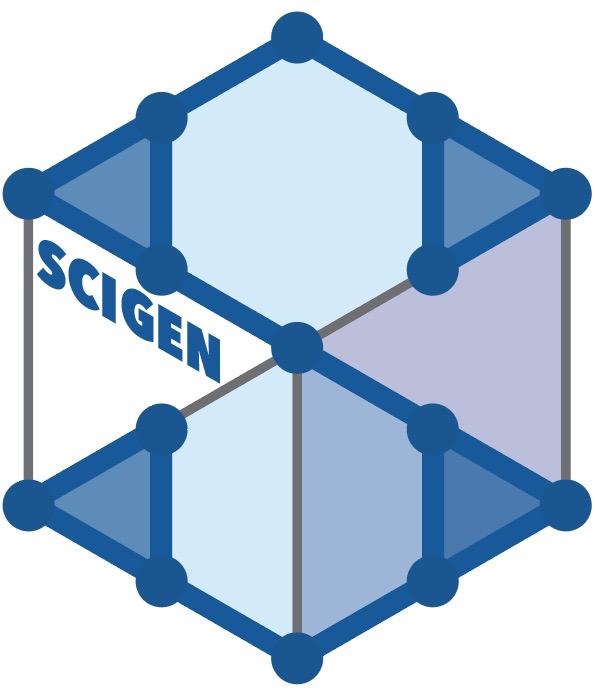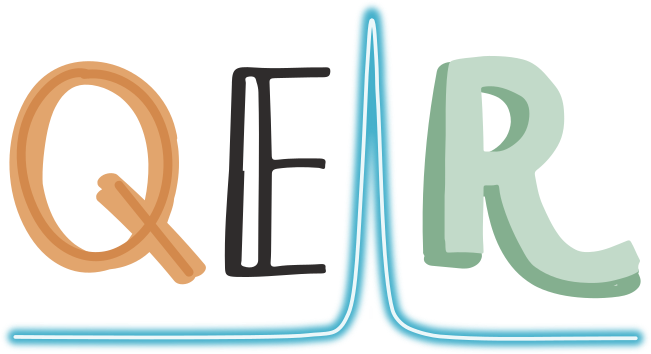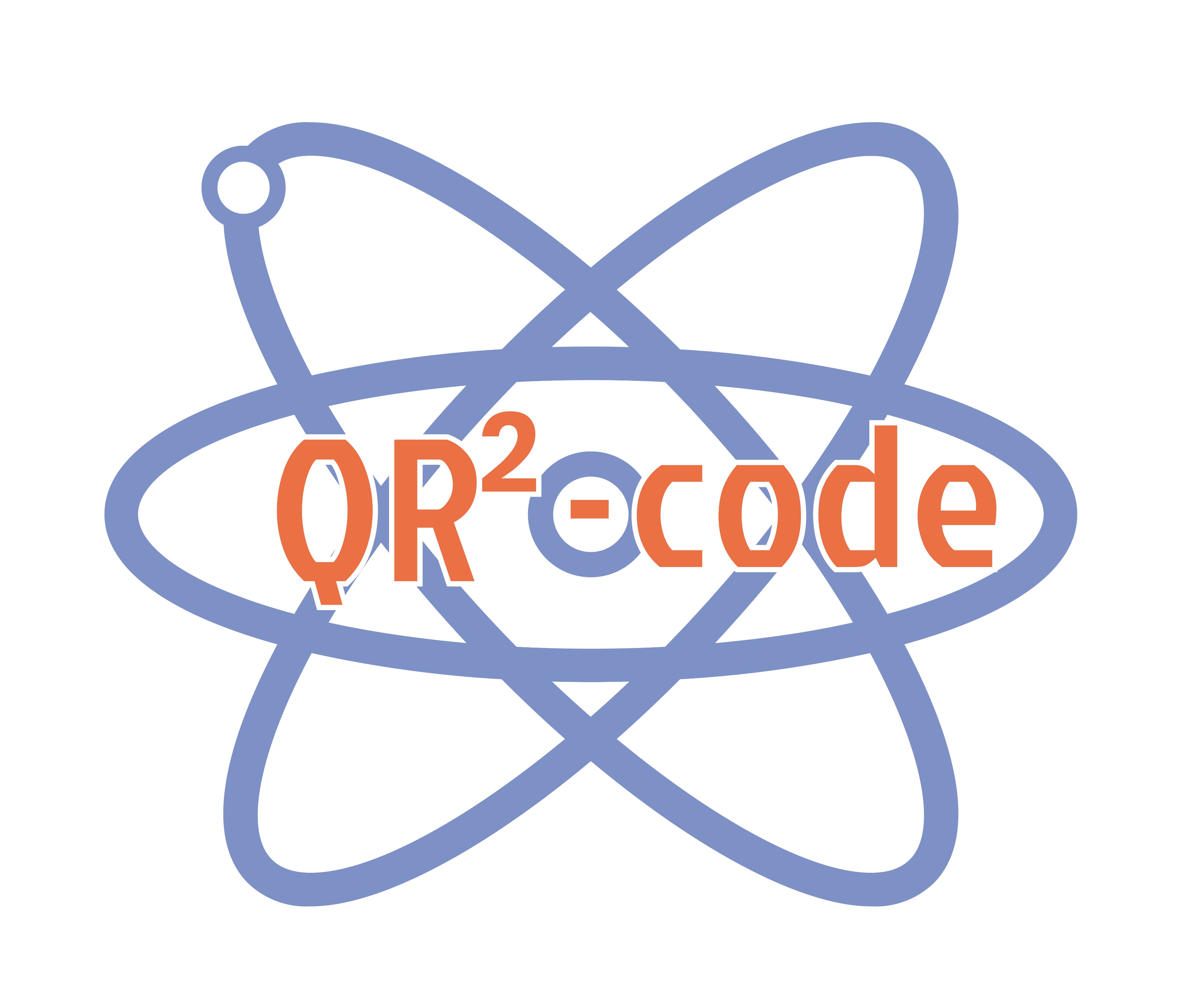Codes
We develop open-source codes based on machine-learning and first-principles calculations for materials science, such as optical spectroscopy, Raman, materials design, etc.
Open-source code based on machine-learning
GNNOpt

An ensemble-embedding graph neural network for direct prediction of optical spectra from crystal structures.
Input: Crystal structure data (e.g. cif file)
Output: Complex dielectric function, absorption coefficient, complex refractive index, and reflectance.
Machine learning: Equivariant graph neural networks.
Applications: Screening photovoltaic and quantum materials.
Published paper: N. T. Hung*, R. Okabe, A. Chotrattanapituk and M. Li*, Universal ensemble-embedding graph neural network for direct prediction of optical spectra from crystal structure, Adv. Mat. 36, 2409175-1-11 (2024).
SCIGEN

A generative ML framework that integrates structural constraints, such as honeycomb or kagome motifs, into generative diffusion models, enabling the generation of materials with targeted geometric patterns.
Input: Structural constraints for material generation (e.g. honeycomb, kagome, etc.)
Output: Crystal structures (e.g. cif file)
Machine learning: Generative diffusion models.
Applications: Design and discover new quantum materials.
Published paper: R. Okabe*, M. Cheng, A. Chotrattanapituk, M. Mandal, D. C. Carrizales, N. T. Hung, X. Fu, B. Han, Y. Wang, W. Xie, R. J. Cava, T. S. Jaakkola, Y. Cheng* and M. Li*, Structural constraint integration in generative model for discovery of quantum material candidates, Nat. Mater. accepted (2025).
Open-source code based on first-principles calculations
QERaman

An open-source program for computing the first-order resonance Raman spectroscopy based on Quantum ESPRESSO.
Compatible: Quantum ESPRESSO
Command: bands_mat.x, ph_mat.x, raman.x
Output: Electron-photon and electron-phonon matrix elements, first-order resonance Raman tensor and spectra as a function of incident laser energy for linearly- or circularly-polarized light.
Published paper: N. T. Hung*, J. Huang, Y. Tatsumi, T. Yang, and R. Saito*, QERaman: An open-source program for calculating resonance Raman spectra based on Quantum ESPRESSO, Comput. Phys. Commun. 295, 108967 (2024).
Source files of the QERaman at
QR2-code

A DFT-based program for computation and analysis of the resonant Raman spectra.
Compatible: Quantum ESPRESSO, EPW
Command: epw.x (modified), matdyn.x (modified), phonon sort.x, raman pp.x
Output: Single, double and defect-induced double resonant Raman.
Website: http://qr2-code.com
Note: QERaman is based on only Quantum ESPRESSO, while QR2-code is based on both Quantum ESPRESSO and EPW. QERaman has fewer parameters and is simpler than QR2-code. Thus, we recommend QERaman for people who focus only on first-order Raman calculation. If you want to calculate the high-order Raman spectra, the QR2-code is recommended.
Published paper: J. Huang*, R. Liu, Y. Zhang, N. T. Hung*, H. Guo, R. Saito and Teng Yang*, QR2-code: An open-source program for double resonant Raman spectra, arXiv.2505.10041 submitted.